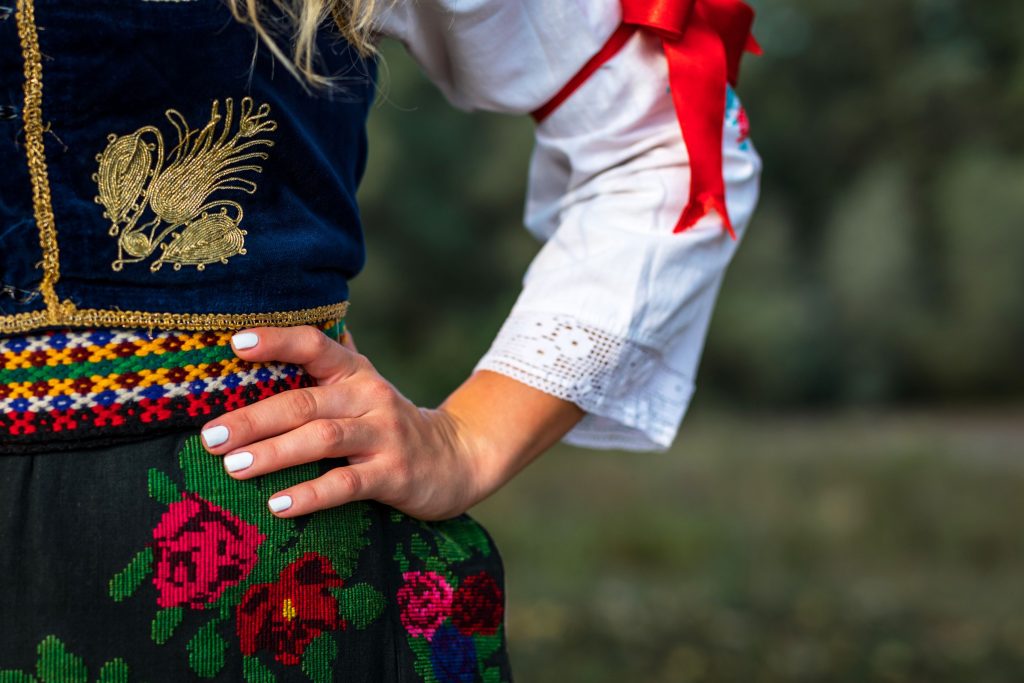YOUR NOVEMBER 2024 HOST
Serbian Sommelier Association – SERSA
The Serbian Sommelier Association – SERSA was founded in Belgrade in 2003 as a small association with big goals of spreading wine culture and educating hospitality workers. Over 1500 people have gone through our training programs, many of whom now work not only in Serbia but also in numerous world-renowned restaurants and hotels.
The Serbian Sommelier Association has been a full member of the Association de la Sommellerie Internationale (ASI) since 2008 and had the honor of hosting the ASI International Assembly of member countries in 2016.
SERSA has organized nine national sommelier competitions and two editions of the Balkan Sommelier Challenge – Open Balkan, and now hosts sommeliers from Europe, Africa and the Middle East.
HISTORY
The history of viticulture in Serbia is a rich tapestry woven from millennia of cultivation, spanning from the ancient Vinča civilization to the modern-day resurgence of Serbian winemaking. Archaeological evidence attests to the presence of vineyards and winemaking in Serbia since prehistoric times, with civilizations like Lepenski Vir (9500 to 5400 BC), Starčevo (5400 to 4400 BC) and Vinča (4400 to 3200 BC) laying the groundwork for a tradition deeply ingrained in the cultural fabric of the region.
The arrival of the Serbs in the Balkans in the 5th and 6th centuries AD ushered in a new era of viticulture, as they embraced and expanded upon the wine culture inherited from Byzantium. The medieval period, particularly under the Nemanjić dynasty, witnessed a golden age of Serbian winemaking, with vineyards flourishing on monastery and noble estates. Notable rulers like Emperor Dušan played pivotal roles in regulating and elevating the quality of Serbian wine, setting standards that endure to this day. However, Ottoman rule brought challenges, including the decline of viticulture due to oppressive taxation. It was during the Austrian and Austro-Hungarian Empires that Serbian viticulture experienced a renaissance, with rulers like Maria Theresa promoting the planting of grape varieties suited to the Serbian terroir.
The modern era saw further developments, including the founding of viticultural schools and cooperatives, as well as the rise of private wineries amidst state control. Despite setbacks, Serbian winemaking persevered, evolving into a dynamic industry characterized by innovation and quality.
Today, Serbian wines are enjoying a renaissance, gaining recognition on both domestic and international stages, fueled by a combination of tradition, investment and a renewed commitment to excellence.
WINE REGIONS
Serbia is divided into three wine regions, 22 sub-regions and 77 vine-growing areas. The regions and sub-regions are as follows:
Vojvodina: Subotica, Telečka, Bačka, Potisje, Banat, South Banat and Srem.
Central Serbia: Belgrade, Požarevac-Valjevo, Šumadija, Mlava, Negotin, Čačak-Kraljevo, Tri Morave, Niš, Knjaževac, Nišava, Toplica, Leskovac and Vranje.
Kosovo and Metohija: North Metohija and South Metohija.
GRAPE VARIETIES //
If we are looking for two synonyms that represent the essence of Serbian viticulture and wine in their full traditional form, there is no doubt that these are Tamjanika and Prokupac. Two grape varieties, which by the end of the 20th century had reached the brink of extinction, preserved in the heart of Serbia, in Župa, today represent the most popular domestic indigenous varieties on the market.
WHITE
Smederevka – Synonyms: Belina, Belina Krupna, Dimjat. Widespread in central Serbia, especially in Šumadija and the surroundings of Smederevo and Belgrade. Through its parent, the small Belina, it is related to Furmint and Chardonnay.
Jagoda – An old and rare variety native to Župa, named “Jagoda” (strawberry) because the grapes smell like strawberries.
Bagrina – An old grape variety, once widespread in the Negotin region, now preserved in two commercial plantations and several smaller old vineyards. It has a functionally female flower, so it is planted next to pollinators.
Grašac – Synonyms: Italian Riesling, Graševina, Talijanski Riesling, Laški Riesling… It occupies one-sixth of the total vineyard area in Serbia. The first mention of the variety dates back to 1816 when it was described in the book “Soveršeni Vinodelac” by Prokopije Bolić. Fruška Gora is the place where the most significant clone of the variety, SK 54, was selected, now widely spread in neighboring countries.
BLACK
Prokupac – Numerous synonyms result from a long tradition and wide distribution in the Balkan region. According to sources from the second half of the 19th century, the name “Prokupac” was common in southern Serbia, around Prokuplje, Niš, Leskovac and Vranje. In the second half of the last century, its survival was questioned because its characteristics did not correspond to the industrial type of production. Two decades ago, the Prokupac renaissance began in Župa, which we have been witnessing in recent years. Since 2016, Prokupac has deservedly had its day, October 14, Prokupac World Day.
Vranac – Synonyms include Montenegrin Vranac, Vranec, Vranac Crmnički. An indigenous variety resulting from a cross between Kratošija and Duljenga.
Kadarka – A variety with many synonyms (Skadarka, Braničevka, Gmza, Mekiš, Četereška…). Like other old varieties, its origin has not been reliably determined. It is assumed to originate from the vicinity of Skadar because the large number of synonyms points to this city, including the name Skadarka, which is often used in literature. During the Great Migration of the Serbs, this variety was brought from the south to the north.
Probus – A variety resulting from the crossing of Skadarka and Cabernet Sauvignon. It is cultivated on Fruška Gora Mountain.



